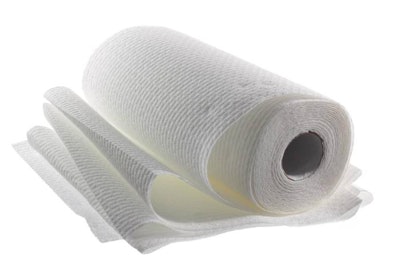
I have been preparing some work on fiber, and I have been discussing this topic with several parties involved in producing and using commercial fibers in animal feeds — an increasing trend. It transpired to me, after having to discuss this on several occasions, that there is a great misconception regarding fiber. No big surprise here, as fiber is such a complex topic. I am still learning new things about fiber each and every day!
The term insoluble is used mostly for cellulose and lignin or lignocellulose to differentiate these fractions from soluble fibers, such as non-starch polysaccharides. As it happens, some have taken the term insoluble as meaning inert, whereas this fraction of fibers is nothing but inert. We are always talking about the behavior of fibers before they reach the large intestine where the majority of microbial fermentation happens in monogastric animals, such as poultry and pigs.
All fibers interact with water found in the gut.
In general, all fibers interact with water found in the gut. It is what they do with this water that characterizes them as insoluble or soluble. Soluble fibers take in water in a process that is hard to reverse, forming a gel-like mass; the end result being a highly viscous digesta. Ignoring any effects of microbial fermentation, water trapped in this viscous mass is difficult to retrieve by the animal when digesta reaches the large intestine, where the majority of gut water is reabsorbed. In contrast, insoluble fiber does not change when it interacts with water. It absorbs water, alright, but it freely gives it back.
To get a visual aspect of this discussion, one may consider paper towels, common napkins that are composed mostly of cellulose; these are the good ones. The others that hardly absorb anything are mostly lignin — you know them because they are so brittle. Good paper towels will absorb a substantial amount of water, but once squeezed, they will release it back. In contrast, we can visualize the very common breakfast item, oats porridge. There, once heated for a while, oat soluble fibers (arabinoxylans and beta-gluans) take in water and incorporate it into their structure. If heating continues, we end up with a very viscous, almost solid, mass of oats. No matter how much pressure we exercise on this mass, little if any water will be released back.
An oversimplification, perhaps, but I hope it serves the point of understanding that insoluble does not mean inert.

















